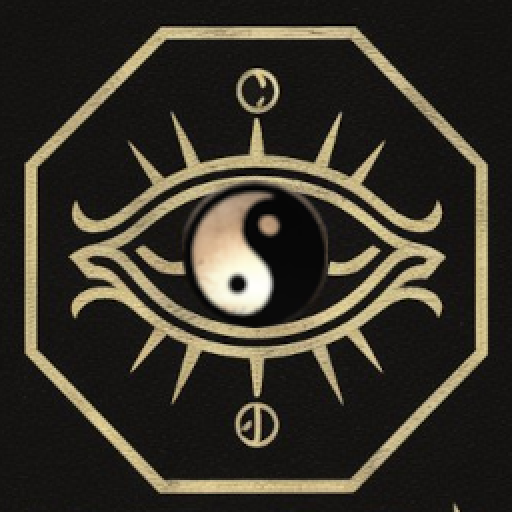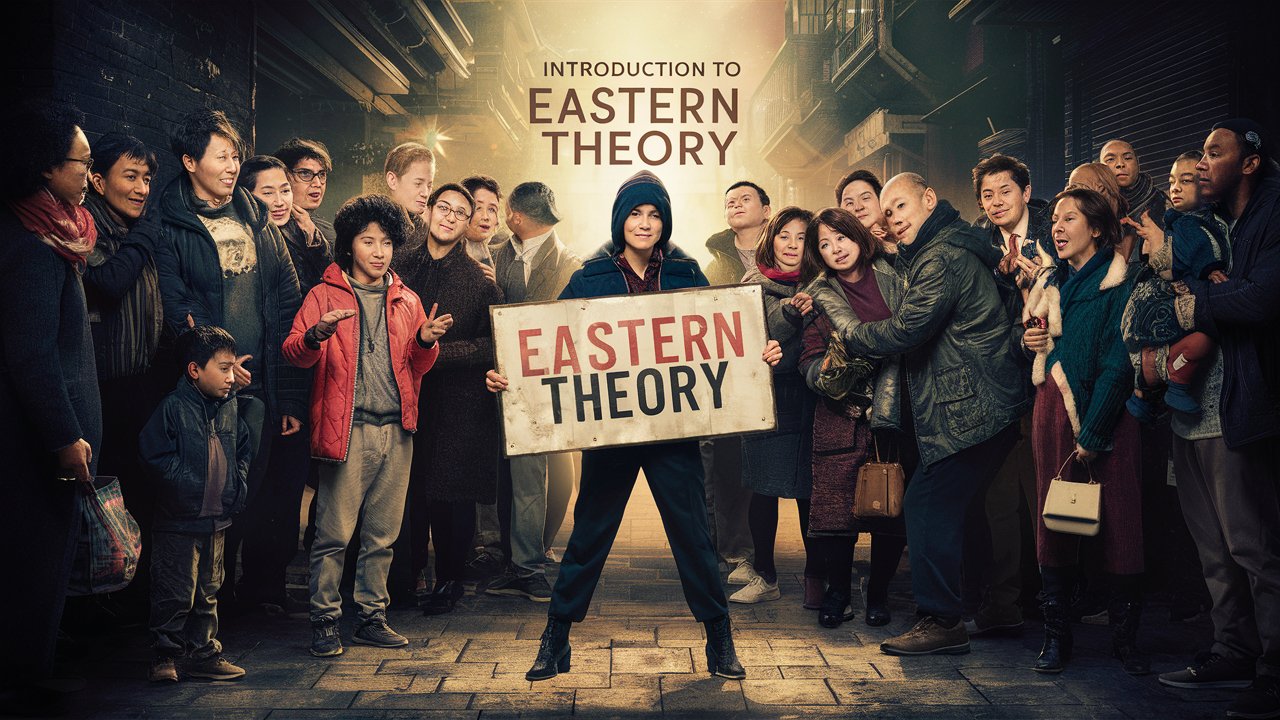AI-Powered Technology Providers https://apps.mysticomni.com/dreamanalysis
Original
与人哭泣有庆贺 放声大哭欢乐生 身着孝服官禄至 远人来悲泣主凶
床上哭泣主大凶 见歌舞者口舌至 家中欢喜百事吉 怀中琵琶行人力
他人与笛有名声 与人扣板有口舌 堂上歌乐主丧事 吹笙者主有更欢
吹笛打鼓有吉庆 他人作乐讼有理 露齿哭者有争讼 病卧为人扶加官
病重者主有凶事 自疾病者主有喜 病人歌唱主大凶 病人哭笑疾病除
病人起者必定起 病人装车必死亡 死人哭泣有口舌 死人立者主大凶
死人哭坏者得财 死人复活主有信 见人死自死皆吉 子死者主添喜事
见死亡尊长大吉 门吊他人主生子
Interpretation
Translation:
Crying with others foretells celebration and congratulations. Wailing loudly foretells joy and happiness. Wearing mourning clothes foretells obtaining an official position and wealth. A distant person coming and weeping foretells misfortune.
Crying in bed foretells great misfortune. Seeing singing and dancing foretells disputes. Joy in the home foretells good fortune in all matters. Holding a pipa in one’s arms while walking foretells strength in one’s endeavors.
Someone else playing the flute foretells gaining a reputation. Striking a clapper with others foretells disputes. Singing and music in the hall foretells a funeral. Playing the sheng (a Chinese mouth organ) foretells more joy.
Playing the flute and beating drums foretell auspicious celebrations. Others making music foretells having a valid argument in a lawsuit. Crying with bared teeth foretells disputes. Being ill and supported by others foretells promotion.
A seriously ill person foretells misfortune. Being ill oneself foretells joy. A sick person singing foretells great misfortune. A sick person crying and laughing foretells the cure of illness.
A sick person getting up will definitely recover. A sick person being loaded onto a cart foretells death. Crying over the dead foretells disputes. A dead person standing foretells great misfortune.
Crying and causing the dead to decay foretells obtaining wealth. A dead person coming back to life foretells trust. Seeing someone die and dying oneself foretells great good fortune. The death of a child foretells the addition of joyous events.
Seeing the death of a respected elder foretells great good fortune. Hanging a mourning board for someone else foretells having a child.
Cultural Explanation:
This passage reflects traditional Chinese beliefs about the symbolism of various emotional expressions and situations as omens for one’s future. The cultural context of these beliefs includes:
- Crying and Celebration: Crying with others was seen as a sign of celebration and joy, possibly reflecting the communal nature of emotional expression in certain contexts.
- Mourning and Promotion: Wearing mourning clothes was paradoxically associated with obtaining an official position, suggesting a connection between the rites of mourning and the achievement of status.
- Music and Reputation: Playing musical instruments like the flute or engaging in music and dance was seen as a sign of gaining a reputation or having a valid argument in a lawsuit.
- Illness and Recovery: Being ill and supported by others was seen as a sign of promotion, while a sick person singing or crying and laughing was seen as a sign of recovery.
- Death and Disputes: Crying over the dead or a dead person standing was seen as a sign of disputes or great misfortune, reflecting the belief that interactions with the deceased could have significant impacts on the living.
- Recovery from Death: The idea of a dead person coming back to life was seen as a sign of trust, indicating a belief in the transformative power of death and rebirth.
- Death and Joy: The death of a child or a respected elder was seen as a sign of joy or good fortune, possibly reflecting the belief in the continuation of life and the cycle of birth and death.
These beliefs were part of a broader system of omens and signs that people in ancient China observed to predict and interpret their future, emphasizing the cultural importance placed on understanding and navigating one’s destiny through the symbolism of emotional expressions and interactions with the deceased.
Refs:
Uncovering the Mystery of Dreams: Eastern Theory
Uncovering the Mystery of Dreams: A Modern Interpretation of Ancient Oriental Art

